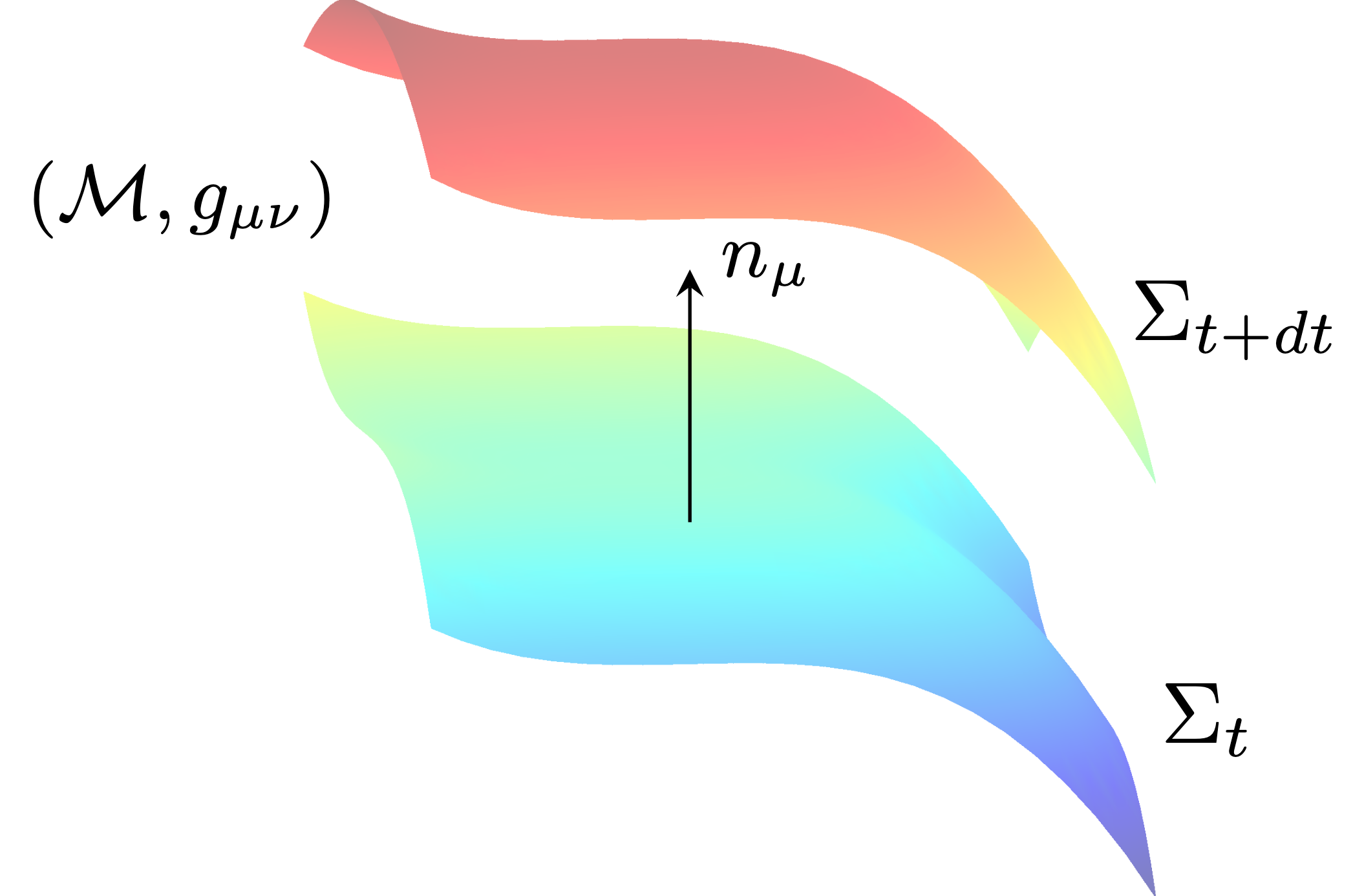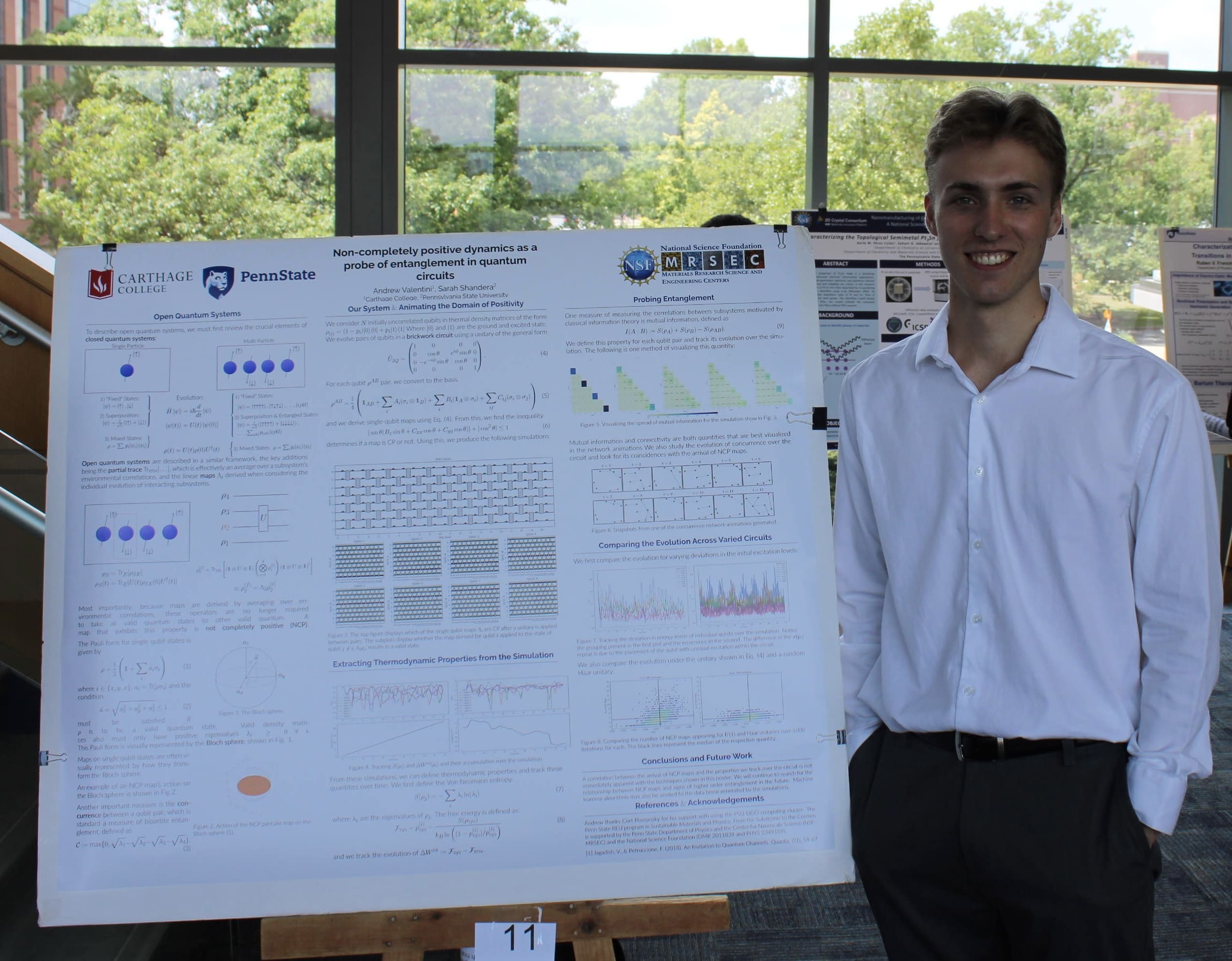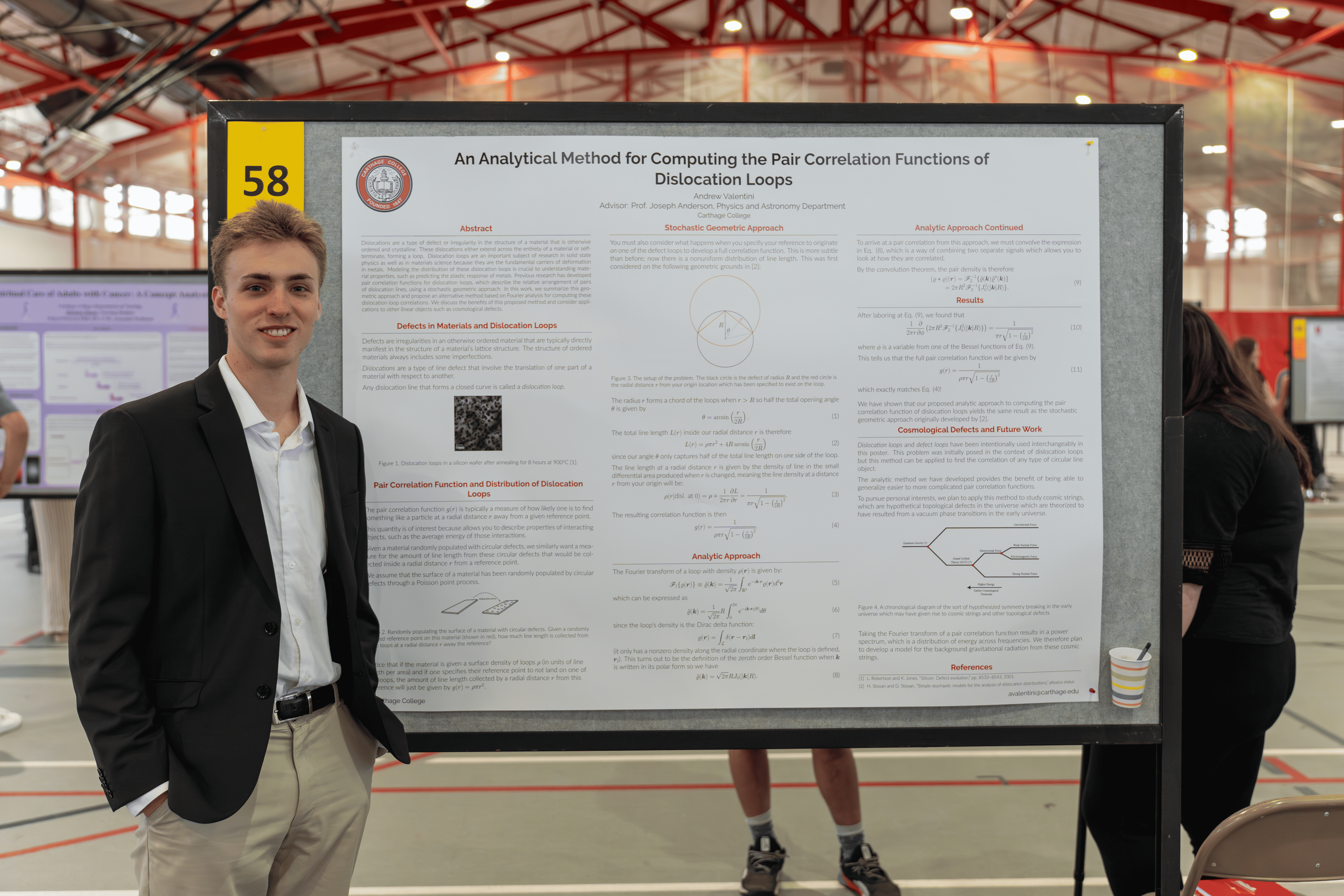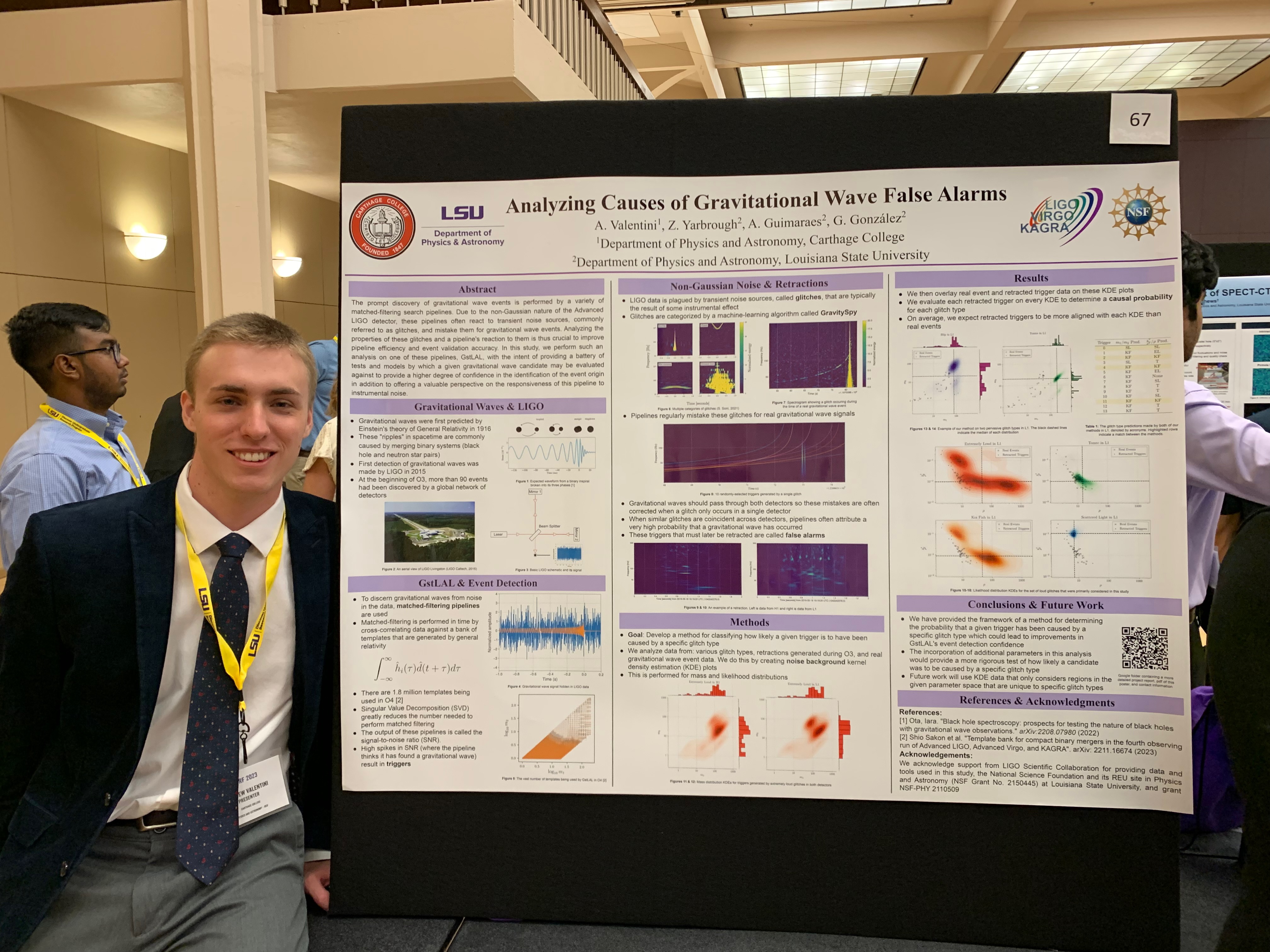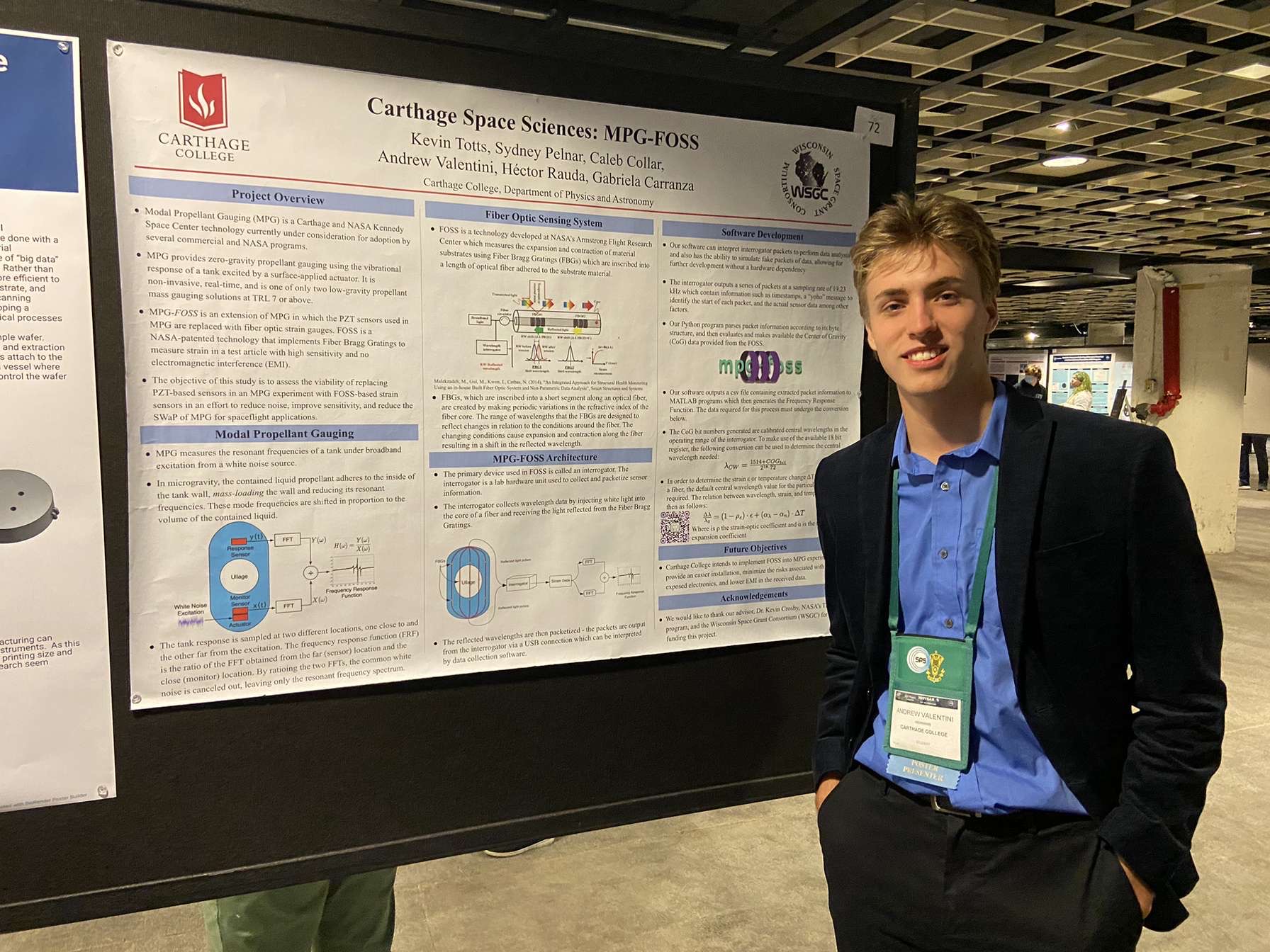Physics Senior Thesis Research
From the abstract:
In this work, we consider the influence of adding additional structure to the cosmic microwave background's (CMB) power spectrum. The standard cosmological paradigm, called the Lambda Cold Dark Matter (ΛCDM) model, writes the power spectrum for primordial perturbations that ultimately gave rise to the CMB as a simple power law, characterized by two parameters. We introduce additional structure into the CMB by including power spectra for simple fields, specifically a random circle field of uniform radii and a random line field, originally derived from a materials science motivation. We simulate the C_{\ell} spectrum generated by both of our power spectrum modifications, quantify the strength of fit to observed CMB data from the Planck satellite, and compute Bayes factors of each to determine if the increased fit that results is significant. We find that both modifications allow for a strengthened fit to the CMB data over the ΛCDM model, but determine that such a fit is not significant. This allows us to conclude that, given our current observational data, it is highly unlikely that a field of random circles with uniform radii or a field of random lines is present in the correlations of the CMB.
My complete thesis is linked here
In this work, we consider the influence of adding additional structure to the cosmic microwave background's (CMB) power spectrum. The standard cosmological paradigm, called the Lambda Cold Dark Matter (ΛCDM) model, writes the power spectrum for primordial perturbations that ultimately gave rise to the CMB as a simple power law, characterized by two parameters. We introduce additional structure into the CMB by including power spectra for simple fields, specifically a random circle field of uniform radii and a random line field, originally derived from a materials science motivation. We simulate the C_{\ell} spectrum generated by both of our power spectrum modifications, quantify the strength of fit to observed CMB data from the Planck satellite, and compute Bayes factors of each to determine if the increased fit that results is significant. We find that both modifications allow for a strengthened fit to the CMB data over the ΛCDM model, but determine that such a fit is not significant. This allows us to conclude that, given our current observational data, it is highly unlikely that a field of random circles with uniform radii or a field of random lines is present in the correlations of the CMB.
My complete thesis is linked here

